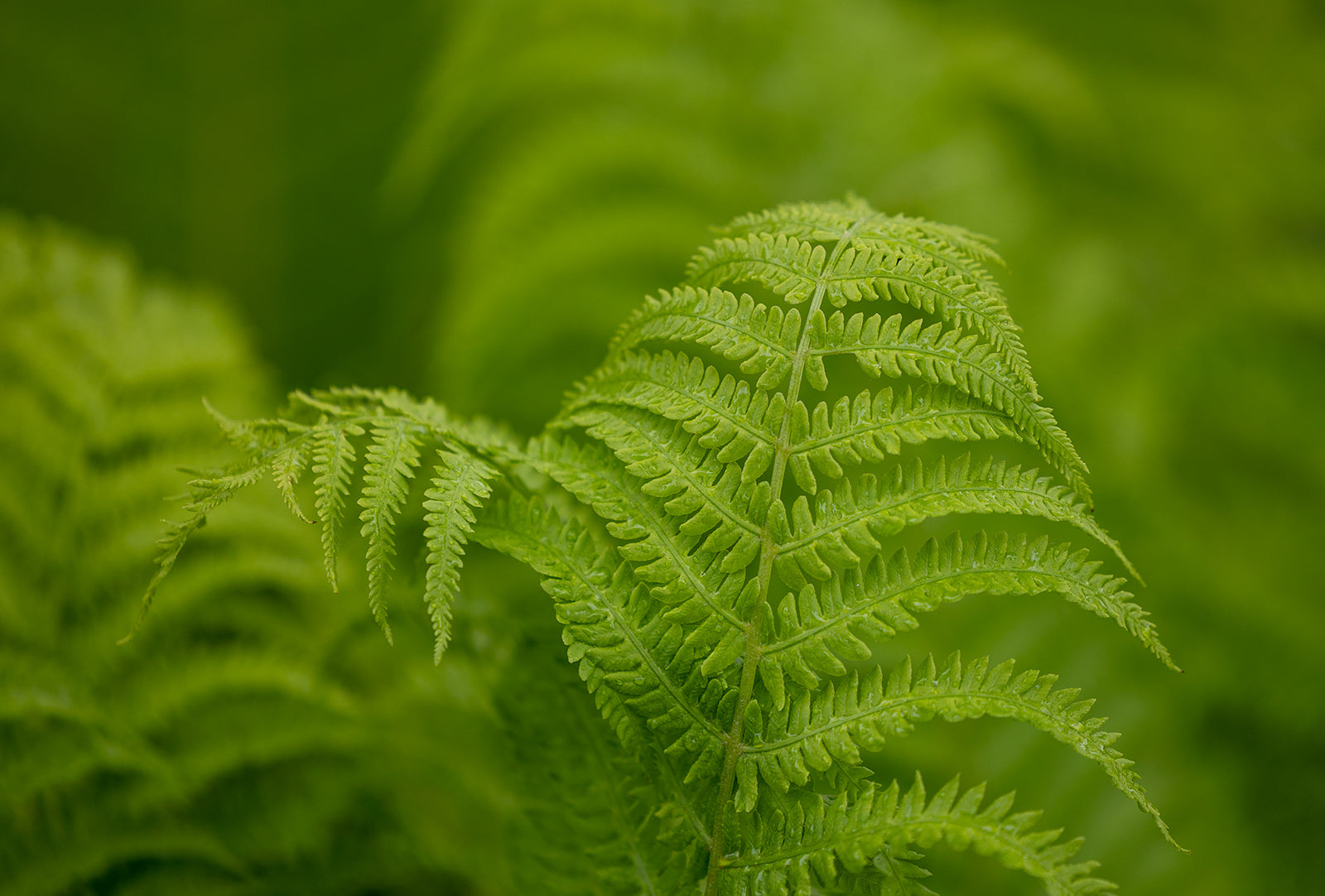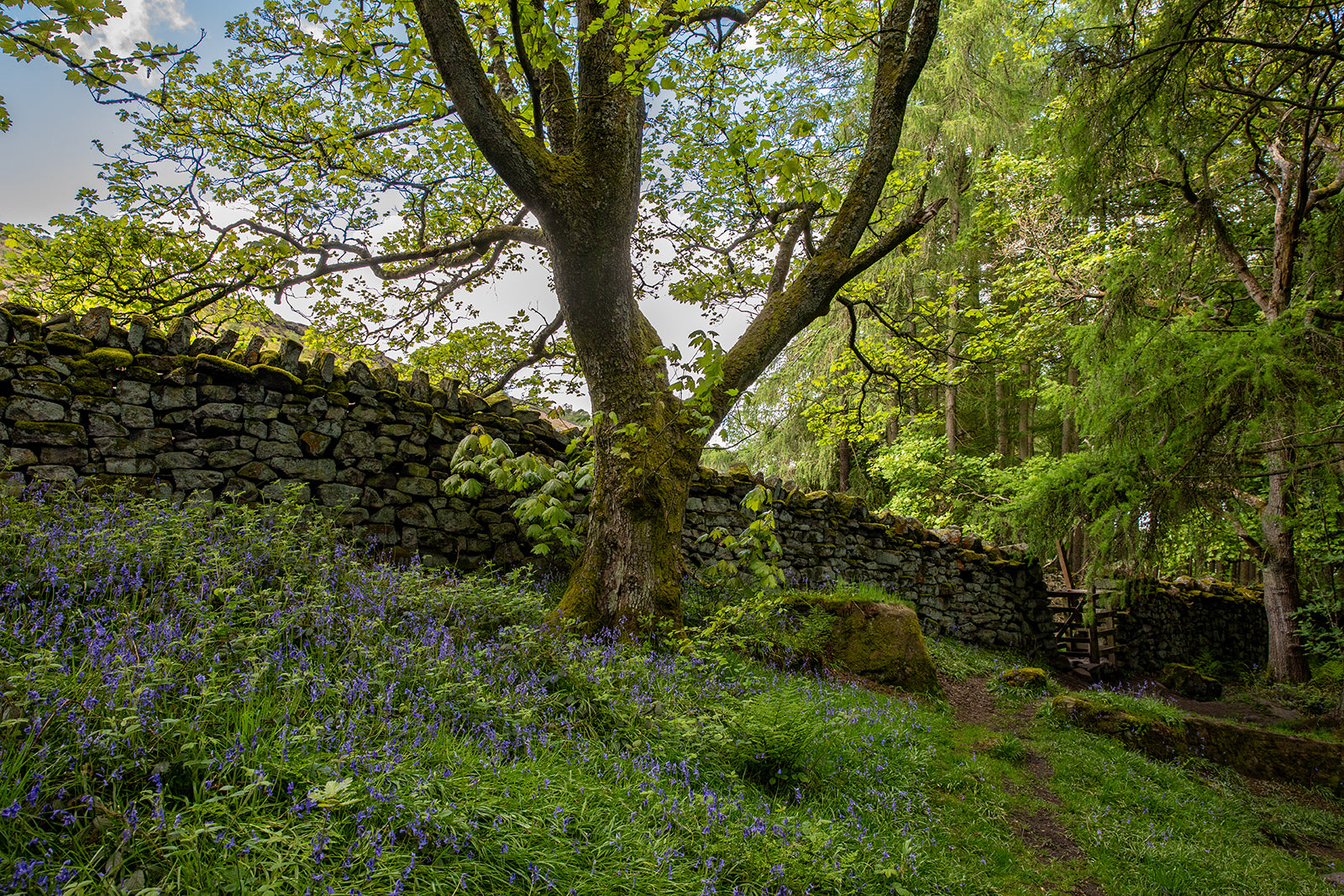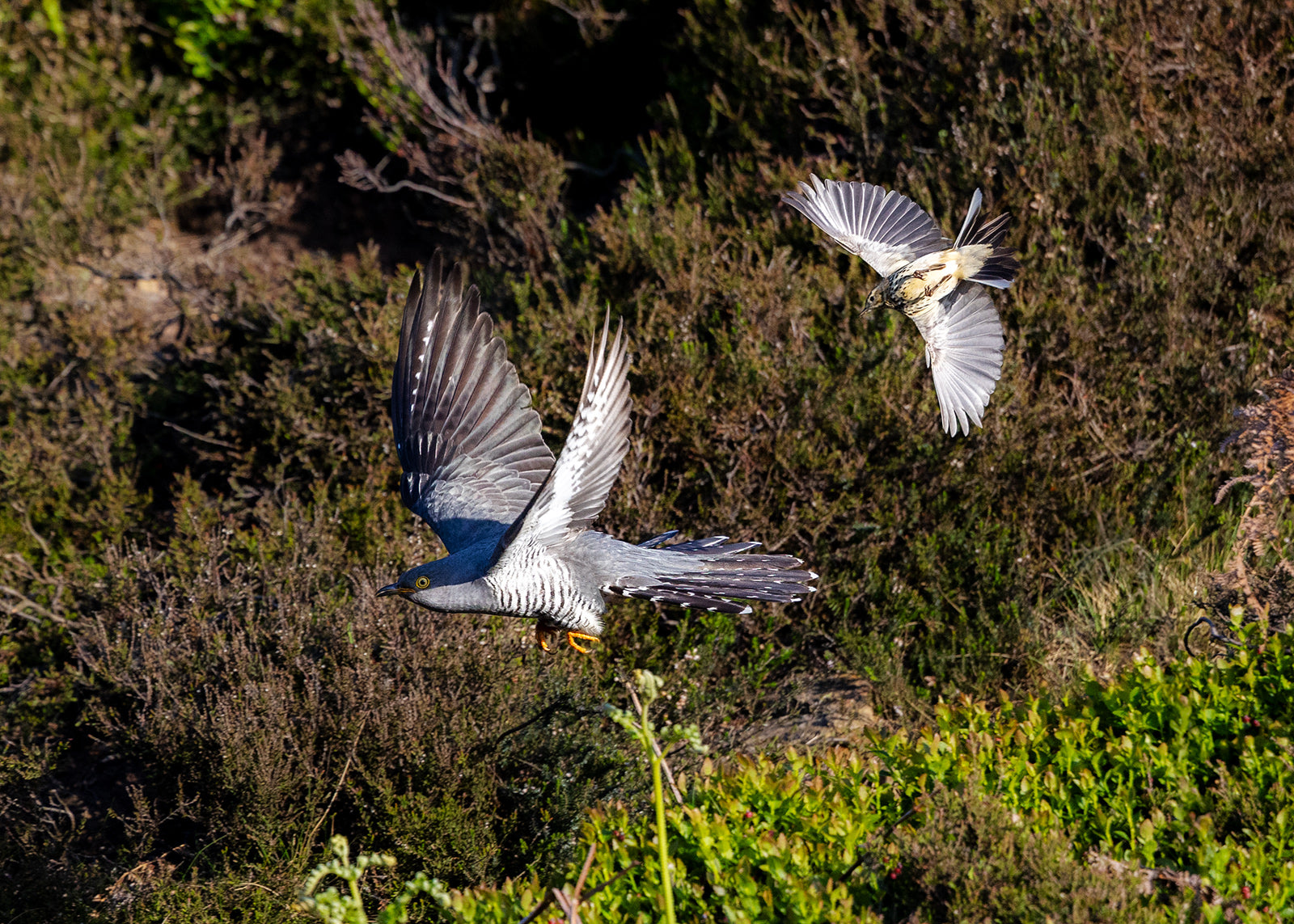Four Things to Explore with your Camera in May

It's all about to kick off! May is an insane month for any outdoor photographer. Early starts and late finishes with no end to the photo opportunities. It can be all too easy to find yourself in a state of mania constantly chasing after the next thing, trying to capture it all and feeling that you're missing something else while doing the other
The biggest issue I find during May is finding the discipline to focus on and get the best out one or two projects/environments. My head gets turned too easily and before I know I'm chasing a photo instead of concentrating deepening existing projects.
Whether you're like me or you're struggling to find the inspiration to get out with the camera, hopefully these four themes to explore this month will help.
Lush Greens

1/500 f2.8 ISO 125
The colour green may not sound like an overly imaginative theme to explore in May, yet the wide scope offers a great opportunity for creative exploration and experimentation. Just consciously counting the different hues and tones of green in nature during May can be awe-inspiring in itself.
From abstracts of clothing details, decaying paint to an unfurling fern. Maybe you could record the biodiversity on a “no mow May” lawn; or maybe hit your local high street looking for someone in a green jumper passing a green wall or billboard.
The impact light has on colour is always mesmerising (for me at least!) strong light tends to embolden colour and increase its intensity while softer light conditions (grey days) render colour more delicate and gentler. Translucent greens such as leaves can burst into life when back-lit by a setting sun.
For those playing around with their camera settings, try testing out different depths of field and seeing the impact it has.
Photographing Orange Tips

Orange tips are one of the first of our non-hibernating butterflies to appear and they never fail to lift my soul. On warm days they’re almost impossible to photograph as they’re so active! On cooler days and/or when the sun goes down they become a little calmer and easier to capture on camera and can often be found on garlic mustard flowers or bluebells
Despite being hard to photograph on the move, I never stop trying! Males (the ones with orange wing tips) often perform what looks like patrol flights, frequently flying past the same spots. One technique is to find a flower on one such flyby route, focus on it and then fire a burst of shots as the orange tip approaches.
Another approach is to find a female (no orange markings) on a flower and see if and when a male advances. Either way, you’ll want a minimum of 1/2000th of a second so it’s often best done on a bright day. One final tip, the higher the rate of shutter burst, the more chance you’ll catch an in-focus shot.
Absorbing Borderlands

1/200 f8 ISO 800
Whether it’s an area where water meets land, tarmac meets grass or woods meet open moors, I’ve always been fascinated by areas where two different environments meet. It could be a grand landscape of woodland encroaching on moorland or more detailed observations like where the ferns meet bluebells or moss meets a beck. Once you start looking for spaces where two worlds collide you’ll start seeing them everywhere.
As well as making intriguing and original photographs, ecotone areas can also make brilliant photo projects. Capturing the big to the minute and everything in between as it changes throughout the year offers a great opportunity to really hone your photography skills while developing a unique and rewarding project.
Moorland Wildlife for All

1/2000 f6.3 ISO 1000
From tiny insects to big birds of prey. Your local moors and heaths will be bursting into life right now. For those lucky enough to live close to moors, they can be all to easy to take for granted. Globally these habitats are pretty rare and the UK boasts more heather moorland than anywhere else in the world.
These habitats can also be the source of much debate when it comes to conservation, management and use. But right now, they are primed for intoxicating natural encounters.
Whatever camera setup you have you’ll be able to enjoy photographing the wildlife here. Whether it’s Miner bees emerging from holes in the ground whilst evading miniature beasts such as the ferocious tiger beetles and solar-powered common lizards. Thumbnail-sized two-tone green hairstreak butterflies display and give chase to the soundtrack of wren and willow warblers belting out their battle cries.
Ground nesting birds from meadow pipits and skylarks to curlew and lapwing are ever present, sometimes ousting a cuckoo and often chasing away would-be predators like kestrels, crows, buzzards and red kites.
I often prefer mornings and evenings of moors as heat haze can be an issue as the day begins to warm. And with the first chicks already beginning to emerge it won’t be long before the day-to-day, hour-by-hour dramas playing out here begin to subdue again.
While walking the moors is always enjoyable, I’m always amazed and just how rewarding it can be just to find a spot and sit for extended periods. Somehow you become part of the landscape and everything starts to carry on, it’s one of my favourite things.




Leave a comment